The ZZ plant was already a common houseplant, even before succulents went big over social media a few years ago. It grew even more popular, so it’s not uncommon for us to walk into a home, office, or other interior space and see a few of them dotting the place.
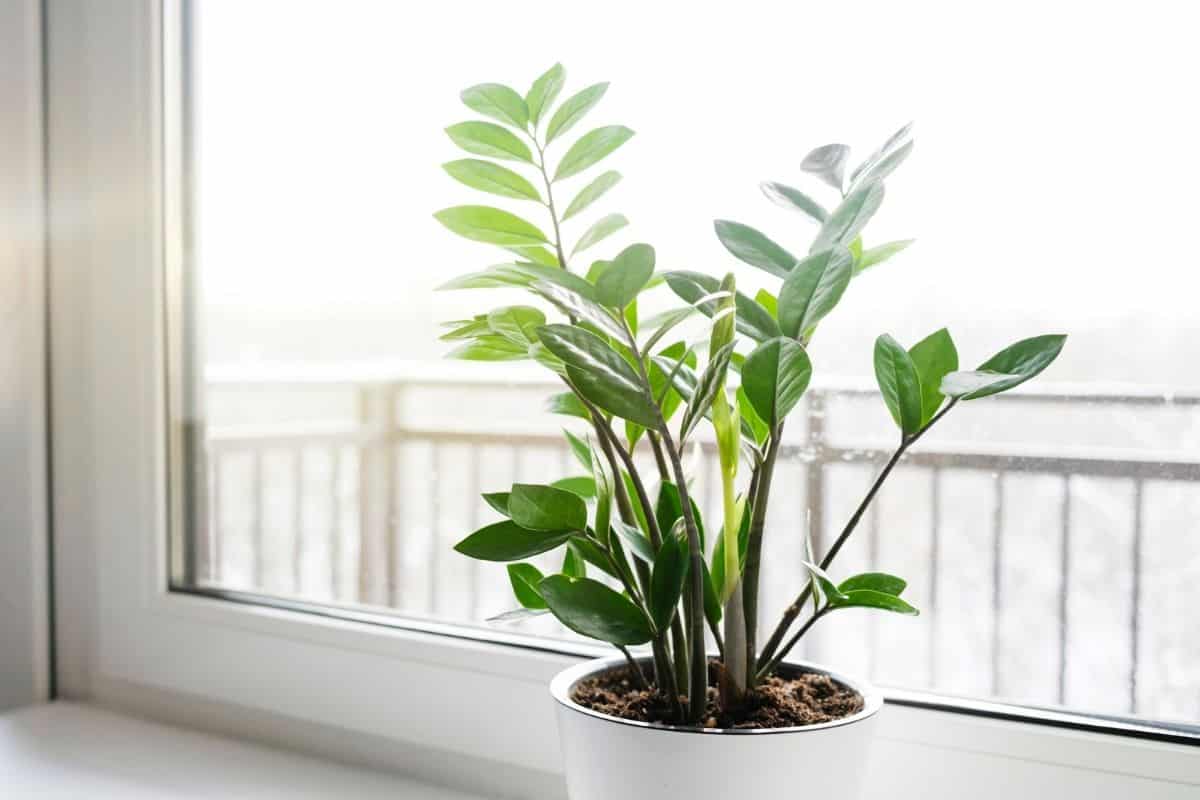
If you’re reading this right now, then chances are, you have been smitten by its beauty as well. You have probably also heard that it’s a low-maintenance, drought-tolerant plant that can survive even in places with low light levels. So, is ZZ plant a succulent?
Jump to:
- What's a ZZ Plant?
- Other Names
- Benefits
- Is ZZ Plant a Succulent?
- How To Care for a ZZ Plant
- Lighting Requirement
- Water Requirement
- How Do You Know if You’re Already Overwatering Your Plant?
- How Do You Know if Your Plant Is Underwatered?
- Temperature
- Soil Requirement
- Pests
- More Tips on Growing a ZZ Plant
- 1. Let the Soil Dry Out Before Watering
- 2. You Can Use Liquid Fertilizer
- 3. Maintain Average Humidity Levels in Its Growing Environment
- 4. Propagate It
- Is a ZZ Plant Toxic?
- So, Is the ZZ Plant Really a Succulent?
What's a ZZ Plant?
| Name: | Zamioculcas zamiifolia |
| Soil: | Well-draining potting mix |
| Blooming: | Very rarely produce flowers |
| Light: | Medium to bright indirect light |
| Water: | Dry out completely between waterings |
| Propagation: | Stem cuttings |
So, what is a ZZ plant anyway? Zamioculcas zamiifolia, or ZZ for short, is a plant that originated from South Africa.
It has been growing there for centuries before it was eventually propagated and distributed worldwide in 1996. It has been one of the most popular indoor plants ever since.
Other Names
The plant now goes by many names. It sometimes goes by the name eternity plant because it is widely believed around plant circles that it can live forever. That’s because it shares certain characteristics with ancient plants that predate the dinosaurs themselves.
Others call it emerald palm for its dark green, shiny leaves. There are times that these plants get really shiny that they can even look fake to the untrained eye. Other names that ZZ plants go by are aroid palm, aroid plant, Zanzibar gem, and Zuzu plant.
Benefits
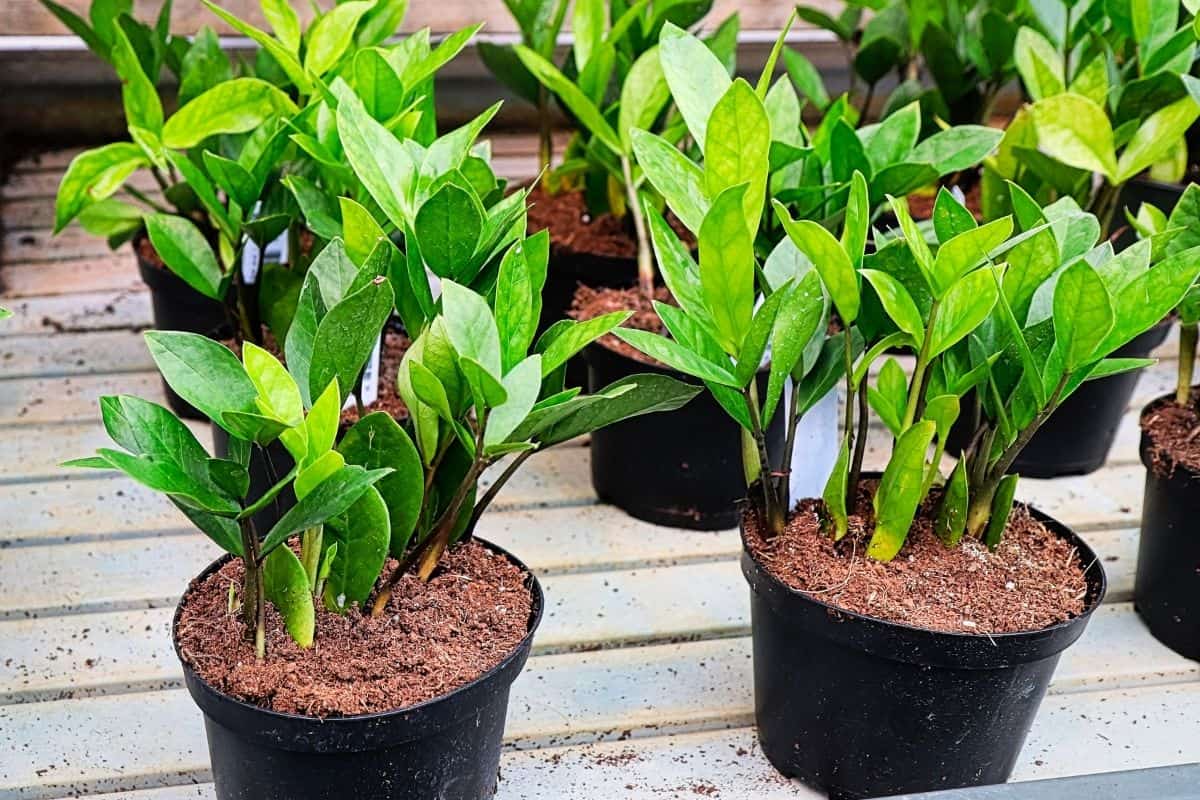
Buy it from:
One reason this plant became extremely popular in interiorscapes is for its benefits. The ZZ plant was featured in a NASA study as an air purifier. They have found it's significantly effective in clearing indoor air of toxins, such as benzene, toluene, and xylene.
Finally, the plant has built a reputation as low-maintenance houseplants. It can sometimes go for months without water, so people wonder if it’s actually a succulent.
Is ZZ Plant a Succulent?
Yes, these indoor plants are indeed succulents because they are adapted to store water in their leaves. They belong to the Araceae family. It is a family of plants comprised of over 3700 species of monocotyledonous flowering plants.
Members of this family are commonly referred to as Aroids. They usually thrive in tropical areas, but can also grow in northern temperate regions.
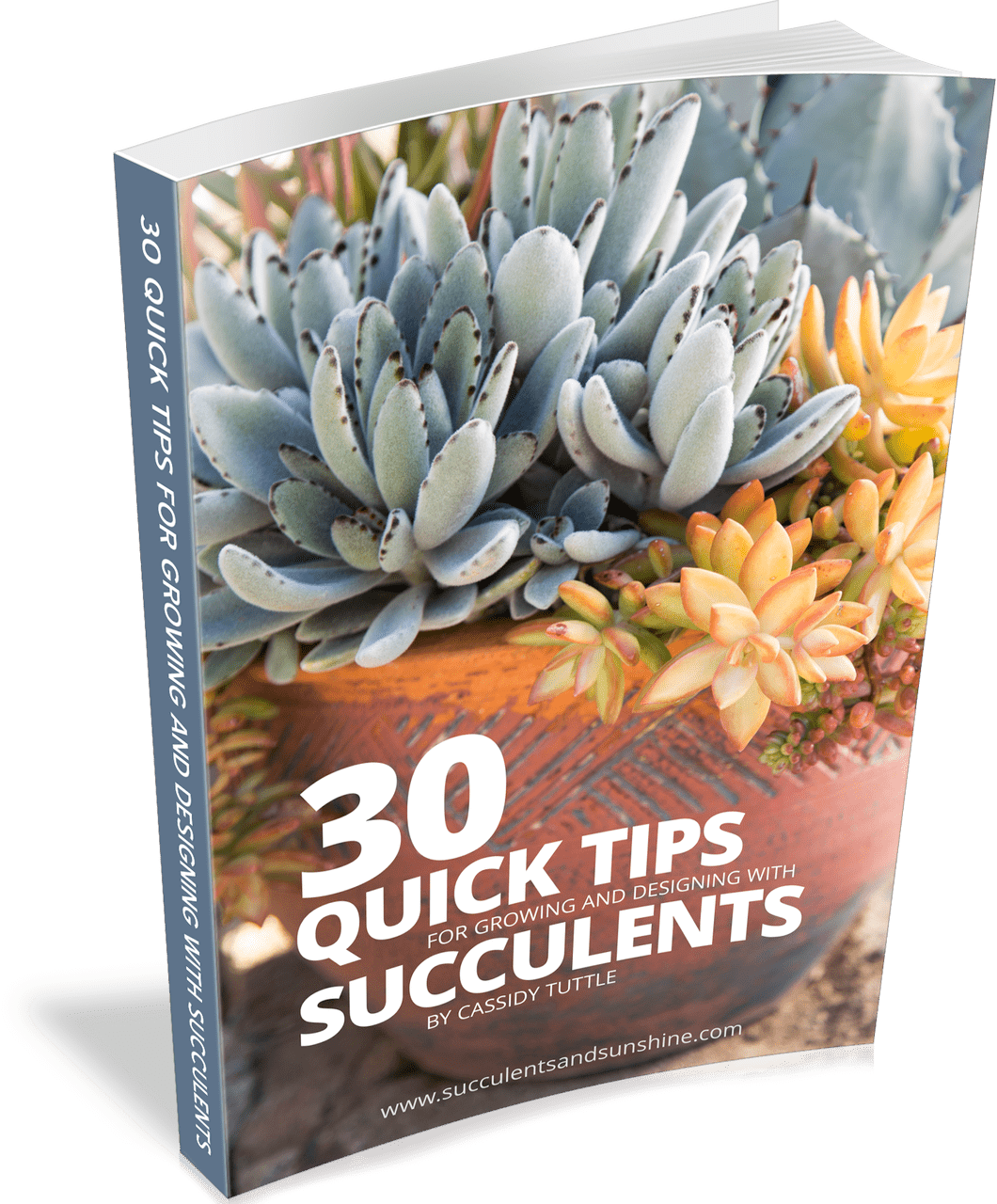
How To Care for a ZZ Plant
The charm of the ZZ plant is not just limited to its looks. Instead, its main allure lies in its resilience.
It doesn’t require a lot of plant care. There’s even a running joke within plant circles that the only way to kill this carefree plant is to actually care for it.
No products found.
Lighting Requirement
This easy-going plant thrives best when it receives a lot of bright, indirect light. Just being near a window that receives a lot of natural light is enough to make it happy. It can also survive low light conditions.
It won’t require grow lights, even if you place the plant in a darker corner of your interiors. It can tolerate generic fluorescent lighting at home.
In fact, that might be just what your plant needs if it’s getting too much direct sunlight. This is a factor that you certainly want to consider if you’re planning to use ZZ as a foliage plant.
Water Requirement
Do you find yourself constantly killing plants because you keep forgetting to water them? Then ZZ is the perfect plant for you.
If it can survive drought-prone Africa, then it can certainly live in your apartment. It can go by long periods without water. We only water ours a couple of times each month, and that highly depends on the current weather conditions.
As long as you don’t wait until the soil becomes bone-dry, you’re good. It’s not that watering bone-dry soil will kill your plant. The transition between bone-dry and soaking wet can simply cause a lot of stress to your plant that can potentially inhibit its growth.
Keep in mind that overwatering is the easiest way to kill a ZZ plant. This plant is easily susceptible to root rot so you need to make sure that’s planted in well-draining soil and pot.
How Do You Know if You’re Already Overwatering Your Plant?
Fortunately, your plant itself will tell you when you’re overwatering it. Its lower leaves will gradually turn bright yellow when it’s experiencing waterlog.
How Do You Know if Your Plant Is Underwatered?
Your ZZ plant will start to wilt and wrinkle. The glossy leaves will also lose their luster.
Temperature
ZZ plants love the long days of summer. It wouldn’t do well in cold temperatures. We highly recommend taking the plant in if your outdoor temperature falls lower than 60°F or 15°C.
Soil Requirement
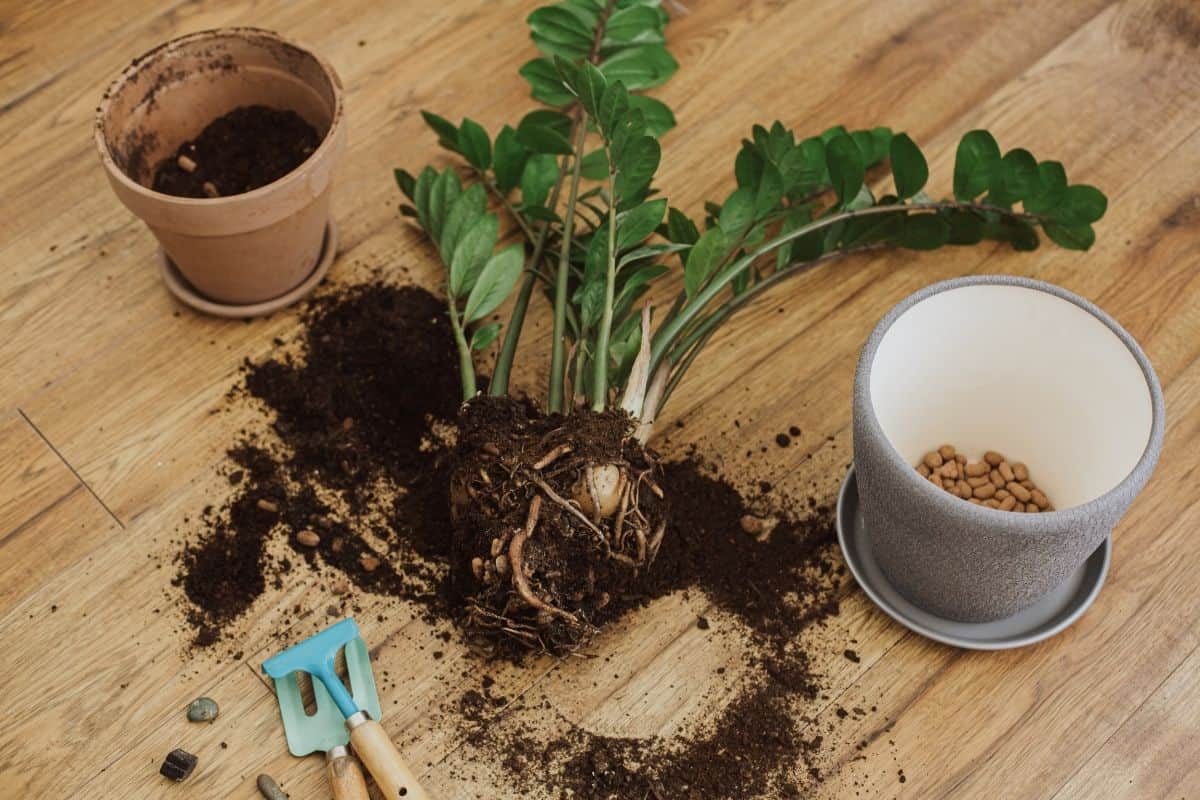
As we have mentioned above, this plant requires well-draining soil. If you think that your fresh potting mix is too compact or wet for your plant, then you can add components like perlite or lava rock to increase soil aeration.
Pests
ZZ plants are generally pest-free but you can spray them with neem oil as needed. You can also wipe your plant down to keep its leaves free of dust and pests.
If it has one nemesis, though, that would be aphids. Aphids can cause ZZ plant leaves to get covered in a sticky substance and sickly yellow splotches. This usually happens when ZZ plants are kept outdoors.
If it’s starting to become a real issue, then aside from neem oil, you can free your plant from aphids by hosing it down with water and cutting off the diseased leaves.
Don’t use any leaf shine product as a pest deterrent. It can clog your plant’s pores and cause oxygen deprivation.
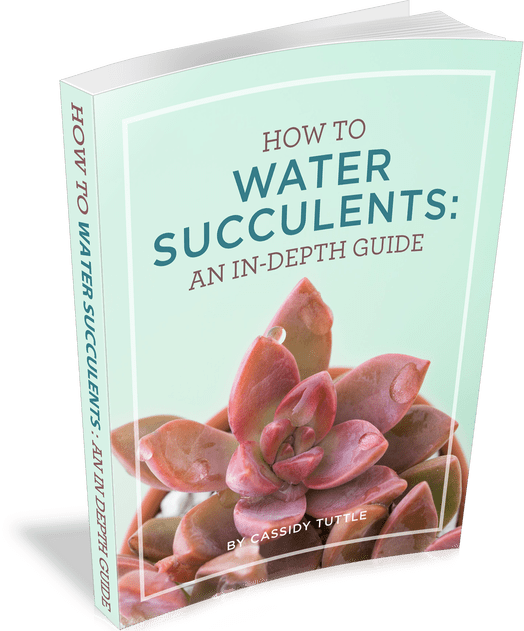
More Tips on Growing a ZZ Plant
Below are more houseplant care tips to further ensure its health.
1. Let the Soil Dry Out Before Watering
Practice the soak-dry method when watering your plant. This means that you will wait until the soil is completely dry before watering and that it’s completely soaked when you do.
You can ensure this by waiting for the water to stream out of the pot. The good news is, it can also flush out any salts and components that might be lurking in the soil.
Don’t leave your plant sitting in this water as well. Dispose of it if it doesn’t dry out immediately.
2. You Can Use Liquid Fertilizer
ZZ plants don’t really need fertilizer to stay healthy, but they can be such slow growers. Thus, more excited plant parents can use a diluted indoor plant fertilizer to accelerate its growth. Giving it fertilizer during summer is ideal.
3. Maintain Average Humidity Levels in Its Growing Environment
If you live in a particularly dry area, then placing your ZZ plant near a humidifier can give it its needed glow.
4. Propagate It
Are you really enjoying your ZZ plant? Then don’t just stop with one. You can grow your collection of houseplants using propagation by division.
Time this when you’re re-potting a mature plant. Just split its main rhizome root system into two and plant the new split in a new container.
You can propagate ZZ plants using leaf cuttings just like other succulents as well. However, keep in mind that it can take several months to a year to grow a new rhizome this way.
Is a ZZ Plant Toxic?
Yes, it has a moderate toxicity rating. This means that kids and pets can experience gastrointestinal irritation ingesting any part of this plant, especially its leaves.
Those with sensitive skin should also handle this plant with care to avoid skin irritation. Finally, don’t forget to wash your hands after touching its leaves.
So, Is the ZZ Plant Really a Succulent?
ZZ plants share the same growing characteristics as succulents, but they don’t really look like the symmetrically leaved plants we see on social media, right? It can really make you wonder and ask, "Is ZZ plant a succulent?" they are even succulents at all, but they are.
Happy planting!

